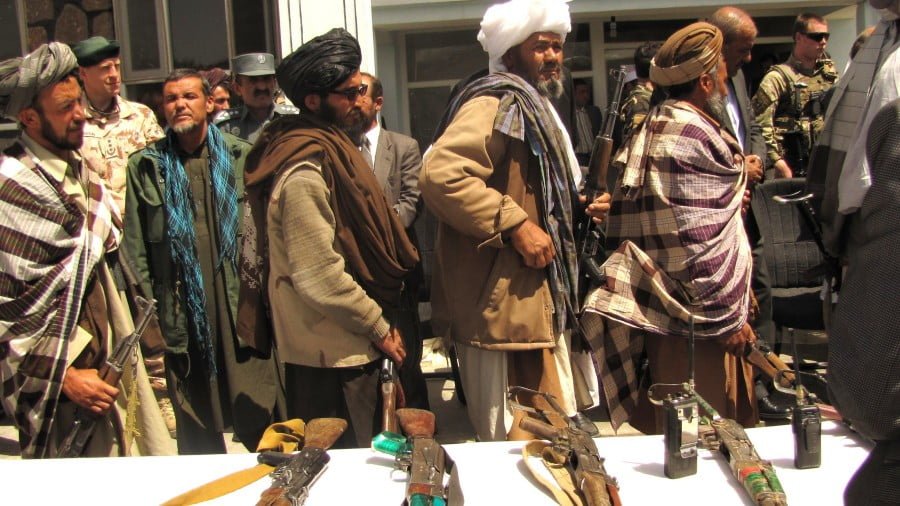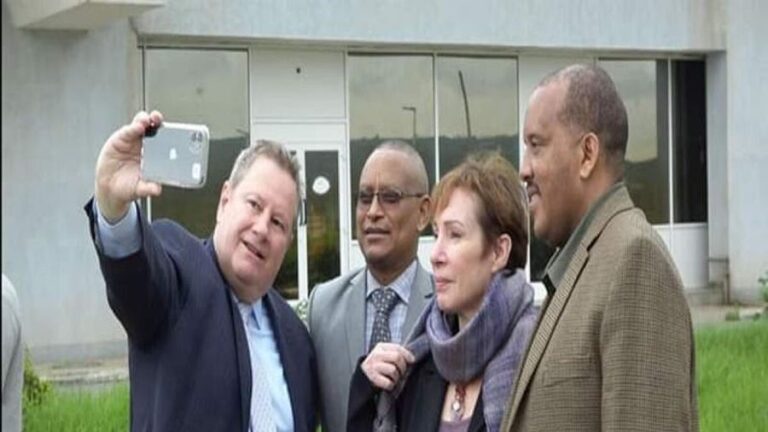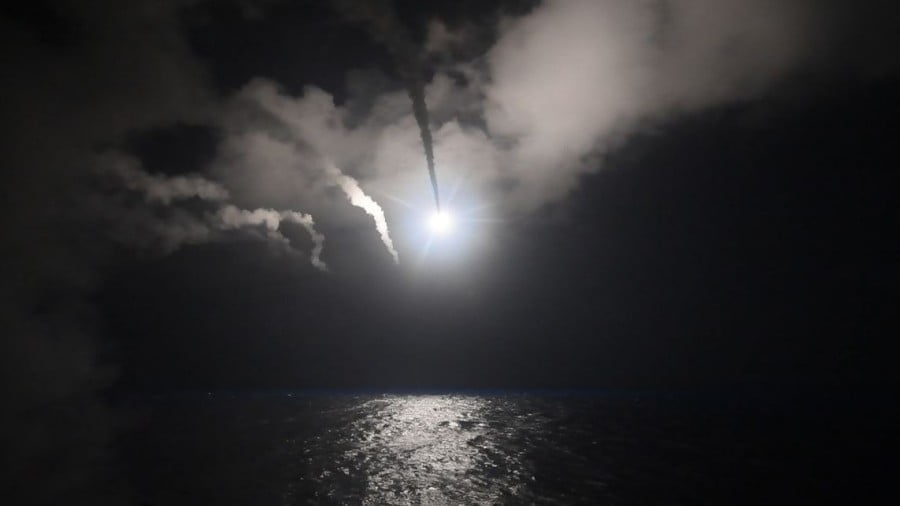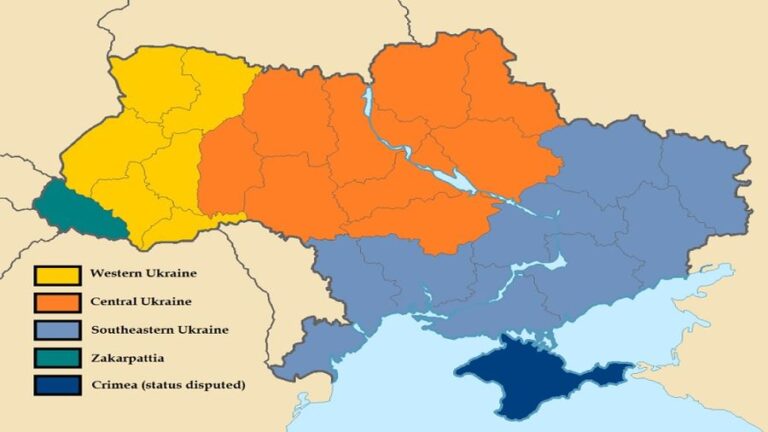The Taliban Will Soon Be Back in Power in Afghanistan – The Question is How to Manage This Re-Transition Peacefully
Depending on how one defines “control” the Afghan Taliban are the effective government in anywhere between around 20 and 60% of all Afghan territory, operating in a patch work of regions that is distributed between the official government, the Taliban and Daesh terrorists. What is less important than the disputed numbers is the clear fact that the Taliban are an active shadow government in the country and are the only major force in several strategically important areas.
Defining the penultimate goals of an Afghan peace process
In order to address the vexed question of Afghan peace rationally, one must accept that the Afghan forces and their partners will never be able to win a traditional war against the Taliban insurgency. The fact that yesterday, Afghan President Ashraf Ghani asked the Taliban for an extension of the Eid ceasefire which is scheduled to end at midnight on the 18th, is proof positive that Kabul now knows that working towards an all parties peace process is the only road to salvation in a country that has been at war with itself and others in various guises since 1978.
The key therefore is for international partners and the Afghan government to work in such a way that manages this reality to avoid both perpetual war between Kabul and the Taliban and one which simultaneously seeks to avoid a full scale return to a 1990s style Taliban regime.
The key to implementing such a solution is to convince that most stridently anti-Taliban factions in Kabul that fighting until the end will result in nothing but widespread death and the likelihood of an eventual return to unilateral Taliban rule. At the same time, the community of nations who are legitimately concerned with peace for Afghanistan including China, Pakistan, Russia and Iran, must work to convince the Taliban that their only chance to receive any form of international legitimacy is by working towards pursuing a national coalition with other parties, while sweetening the pot for both sides with promises of an eventual federal model that combines legitimacy for de-facto local tribal control with an unalienable commitment on all sides to preserve the current territorial unity of the state. Inversely, all parties must sign agreements between themselves, to be verified by international peace keepers, which reject both territorial expansionism and ideological expansion (aka expansion via terrorist proxies in other states).
Ultimately, the Afghan Taliban must sever any and all remaining ties with the Pakistan based terror group Tehrik-i-Taliban. This latter part is essential if Kabul and Islamabad are to end decades of suspicion and live as peaceful neighbours. If this part of the agreement is not adhered to, the entire peace process could be put in jeopardy.
Nationalising an international conflict
Implicit in this peace process is an effort to re-nationalise the Afghan conflict which thus far has taken on international charactericists for the following reasons:
1. The inflow of terrorists from Afghanistan to Pakistan who never fail to leave behind them a trail of blood
2. Decades of mistrust between Islamabad and Kabul due to Kabul’s history of working with Pakistan’s regional adversaries to promote instability in Pakistan
3. Suspicion between Iran and the Taliban due to the latter’s anti-Persian/anti-Shi’a ideology, actions and ambitions
4. The US meddling in Afghanistan which has broadened the appeal of Taliban fighters among non-secular and even some formerly secular Pashtuns in the country
5. The Taliban’s former and alleged current links to terrorism in former Soviet Republics and in the Caucasus
Due to theses factors, any peace process must focus on internalising the conflict which means telling Kabul quite frankly that its existence as anything but a failed state will be in jeopardy if it has anything but neutral or positive relations with all of its neighbours. Likewise, the Taliban must be told in even firmer terms that if it continues to meddle in any other nation by having even the smallest associations with any foreign terror groups, that it will never be recognised as a legitimate party in Afghanistan.
Getting priorities in order
All of the aforementioned steps will take a great deal of work to accomplish. It is a monumental task but one that can be managed effectively by getting priorities in order and taking things one step at a time in the most cautious manner possible.
The celebratory scenes that were widely witnessed over the last several days when Afghan soldiers, Taliban fighters and civilians danced merrily in the streets to celebrate the Eid holiday and the accompanying ceasefire, is demonstrable of two facts. First of all, it shows that among the civilian population, peace and an all parties political integration strategy would be welcomed and secondly, it demonstrates that peace of some nature is in fact possible between government forces and the Taliban.
Because of this, international actors who normally do not have any direct lines of communication with the Taliban must work with so-called moderate Taliban leaders in order to convince the group to enter into another ceasefire. While the Taliban have claimed that the recent ceasefire will not be extended in spite of President Ghani’s generous offers to regularise the position of Taliban members, concerned parties including Pakistan, Iran, Russia and China must work to ensure a new and more long lasting ceasefire mechanism that is as meaningful as the one about to expire.
Secondly, external players should work to convince the Afghan security forces and Taliban to collaborate at a local level against suspected Daesh terrorists and other foreign jihadis. In spite of the Taliban’s reputation for Takfirism, Daesh poses a lawless threat to both the government and Taliban who in their own ways – ways which might be alien to most of the civilised world, do represent a kind of lawful aspiration, especially when compared with Daesh.
Of course, the US and Daesh now share a similar goal of trying to not only cause perpetual chaos in Afghanistan, but a more specific goal serving that general aim – one of fostering suspicion rather than an atmosphere of reconciliation between the government and Taliban.
It will be a mighty task to convince Kabul and the Taliban to reconcile at least temporarily in the struggle against Daesh, but if one does not attempt such things, Daesh could become a more prevalent force in the region. This would be to the detriment not only of Afghanistan but of all of its neighbours.
Therefore a strategy of extending the ceasefire, working together to fight Daesh and promoting the idea of a lasting all parties peace process are the first three crucial steps that must be taken before the aforementioned goals of the peace process itself can even be hammered out between specific factions.
Conclusion
Afghanistan’s crisis is the product of the perfect storm of an internally factious nation, a nation whose government and anti-government factions have at various times engaged in acts of hostility and provocations against all of Afghanistan’s neighbours and moreover, a place where many major powers, chiefly the United States, have used and continue to use the country as a pawn in the chess game of wider geopolitical manoeuvres against rivals.
Any thorough Afghan peace process risks any of these elements working against the interest of peace. That being said, if such a peace process is not attempted, things can only go from bad to worse.








A good read however two observations:
Firsty, it is inaccurate to say Afghanistan ‘has been at war with itself and others in various guises since 1978′ – the fact is it has been made the battle ground of other countries’ wars because it was easy to divide and rule the warlords… so yeah… it has not been at war with itself…
Secondly, it is also not accurate to state the Afghan Taliban must sever any and all remaining ties with the Pakistan based terror group Tehrik-i-Taliban’… it must be remembered Tehrik-i- Taliban Pakistan was a CIA & RAW funded proxy that wreaked havoc in Pakistan for over a decade… the Pakistan Armed Forces rooted it out and pushed it back into the Afghan territory where from these pseudo-Taliban used to be trafficked into Pakistan….the Afghan Taliban who have been in fact fighting foreign invasion as a matter of principle did not share ideology or ties with the thugs of TTP – anyways at this point in time TTP has bee replaced by ISIS-K transported from the ME by the war-mongers in Washington…